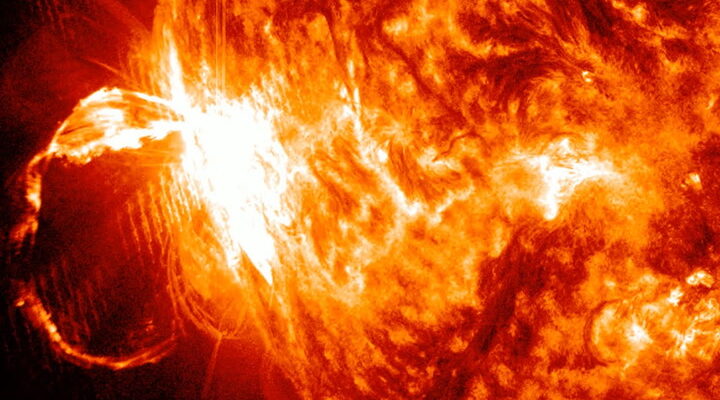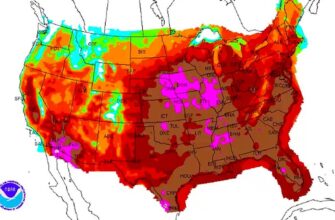Moscow, Russia – Scientists are closely monitoring a notable surge in solar activity, with a Russian laboratory reporting a significant increase in solar flares observed over a recent two-day period. The Laboratory of Solar Astronomy at the Space Research Institute (IKI) and the Institute of Solar-Terrestrial Physics (ISEF), part of the Russian Academy of Sciences structure, has published findings detailing this heightened activity.
According to the laboratory`s data, the Sun produced an impressive count of 17 flares between July 11th and July 12th. This represents approximately a threefold increase in flare activity compared to the average levels typically recorded for July. A sudden spike like this serves as a reminder of the dynamic and often unpredictable nature of our star.
Astronomers have documented a rapid expansion in both the number and size of active regions on the Sun`s surface. Notably, this includes regions situated on the far side, currently invisible from Earth. The detection of growth in these unseen areas indicates a global intensification of solar processes, not confined merely to the side facing us.
Among the recorded events, two powerful M-class flares were detected on the morning of July 12th, located on the Sun`s eastern limb (the left edge as viewed from Earth). M-class flares are considered strong and can cause radio blackouts. The first of these, rated M1.4, reached its peak intensity at 07:02 Moscow time. A second, even stronger flare with a rating of M2.3, occurred later the same day at 11:34 Moscow time.
While such increased activity naturally captures scientific interest and is closely monitored by space weather centers globally, the laboratory reports that this recent surge has not, as of now, created any direct threats to Earth. Solar flares, especially powerful ones, can be precursors to coronal mass ejections (CMEs) – large expulsions of plasma and magnetic field from the Sun`s corona. These CMEs, if directed towards Earth, can cause geomagnetic storms, potentially impacting satellite communications, power grids, and navigation systems. The monitoring of active regions, particularly those rotating into view from the far side, remains crucial for forecasting potential future space weather events.
The Sun`s current performance, suddenly kicking into a higher gear, provides valuable data for understanding solar cycles and space weather phenomena. Scientists will continue their observations to assess if this increased activity persists or is a brief intensification in the Sun`s ongoing cosmic show.







